Kavitha Sooda
A Comparative Analysis for Determining the Optimal Path using PSO and GA
Jul 20, 2014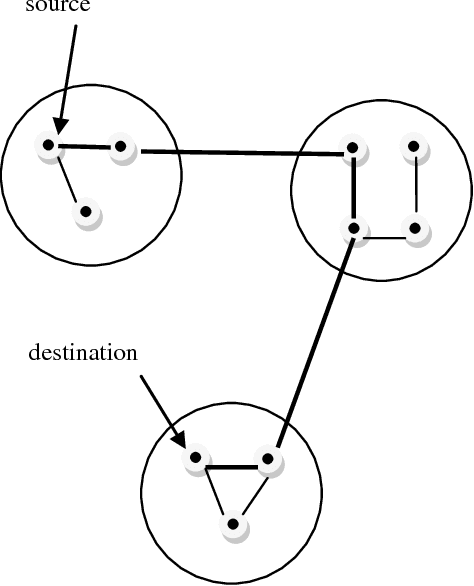
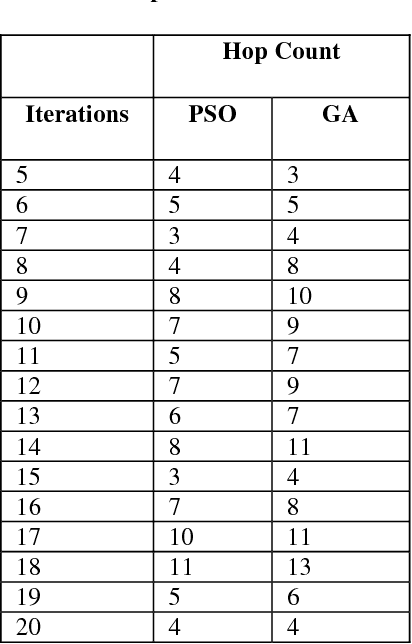
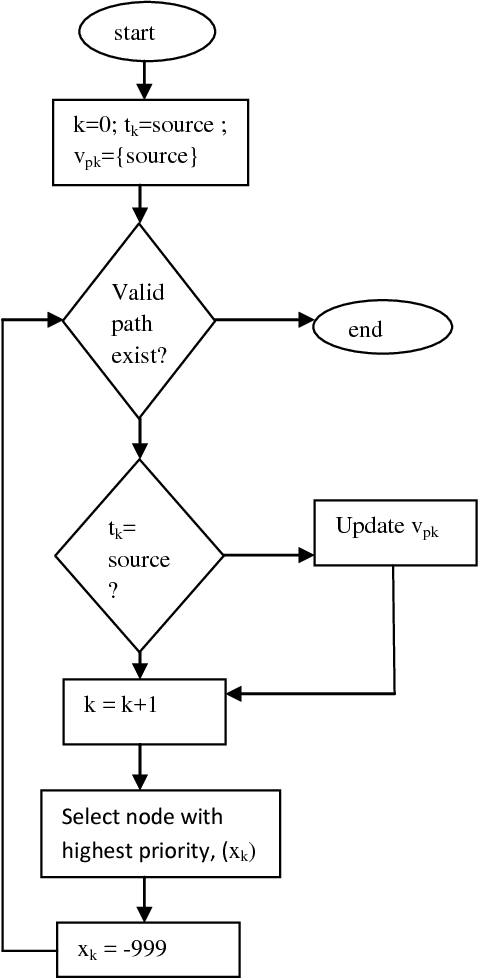
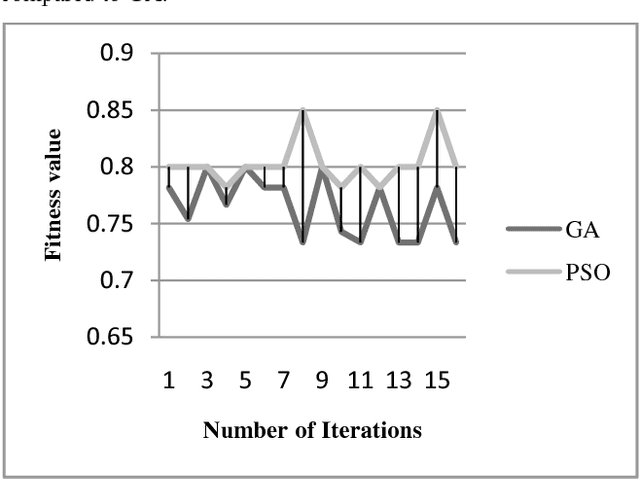
Abstract:Significant research has been carried out recently to find the optimal path in network routing. Among them, the evolutionary algorithm approach is an area where work is carried out extensively. We in this paper have used particle swarm optimization (PSO) and genetic algorithm (GA) for finding the optimal path and the concept of region based network is introduced along with the use of indirect encoding. We demonstrate the advantage of fitness value and hop count in both PSO and GA. A comparative study of PSO and genetic algorithm (GA) is carried out, and it was found that PSO converged to arrive at the optimal path much faster than GA.
* 5 pages, 4 figures, 1 tables. arXiv admin note: substantial text overlap with arXiv:1107.1945
Enhanced Genetic Algorithm approach for Solving Dynamic Shortest Path Routing Problems using Immigrants and Memory Schemes
Jul 11, 2011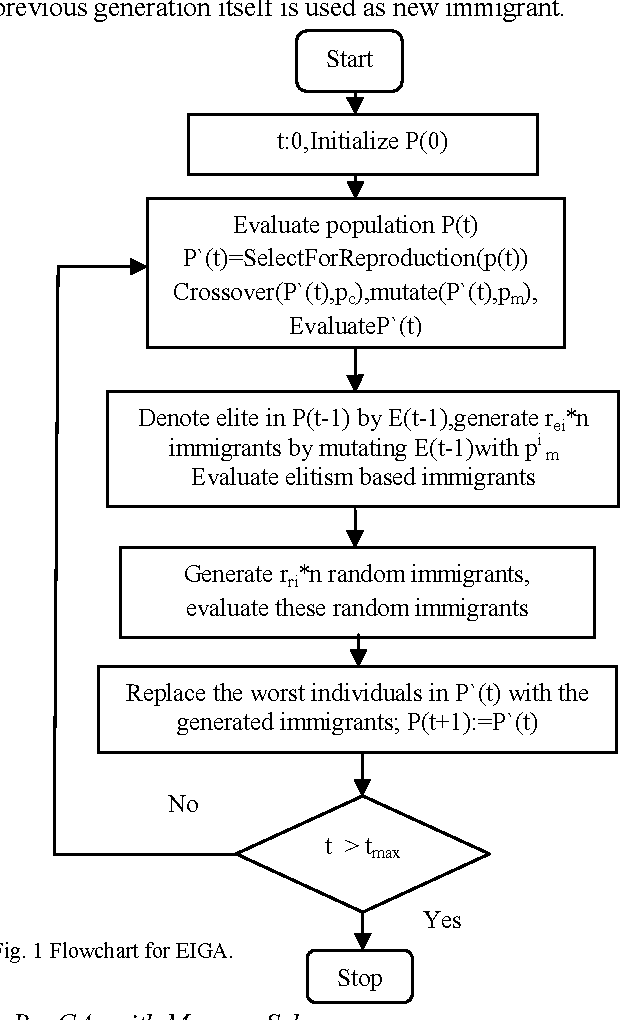
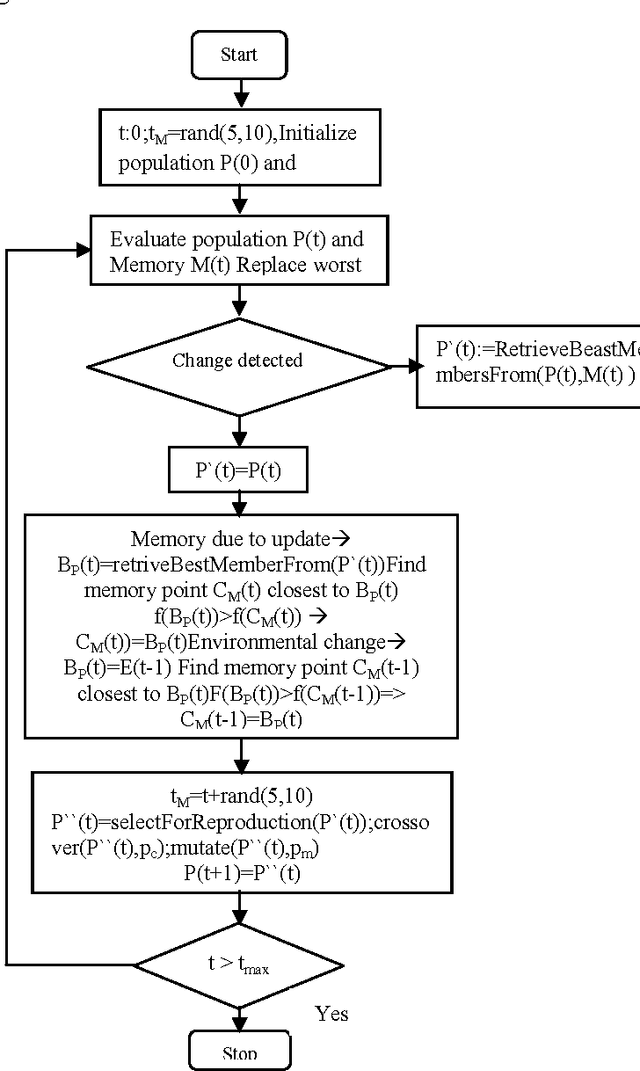
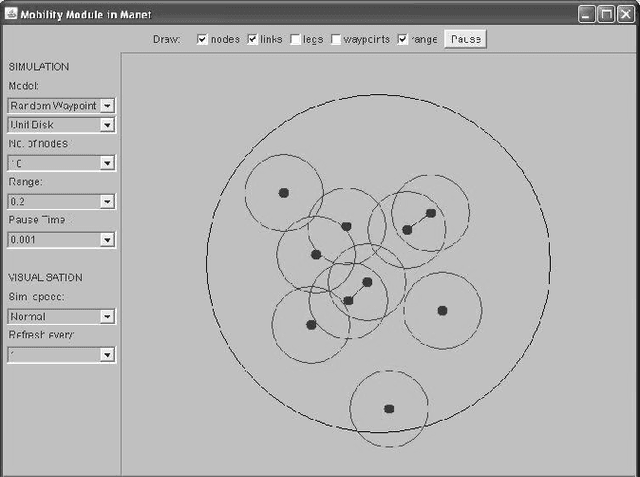
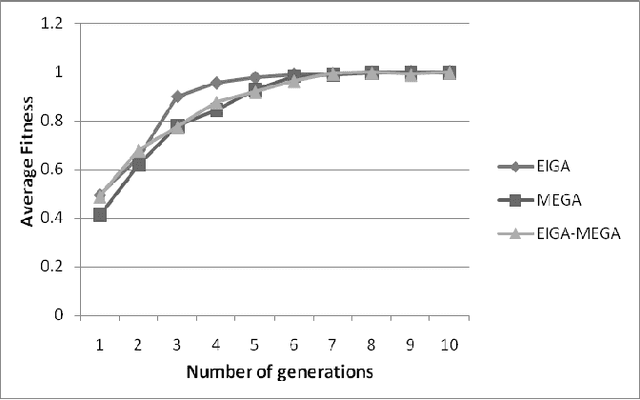
Abstract:In Internet Routing, the static shortest path (SP) problem has been addressed using well known intelligent optimization techniques like artificial neural networks, genetic algorithms (GAs) and particle swarm optimization. Advancement in wireless communication lead more and more mobile wireless networks, such as mobile networks [mobile ad hoc networks (MANETs)] and wireless sensor networks. Dynamic nature of the network is the main characteristic of MANET. Therefore, the SP routing problem in MANET turns into dynamic optimization problem (DOP). Here the nodes ae made aware of the environmental condition, thereby making it intelligent, which goes as the input for GA. The implementation then uses GAs with immigrants and memory schemes to solve the dynamic SP routing problem (DSPRP) in MANETS. In our paper, once the network topology changes, the optimal solutions in the new environment can be searched using the new immigrants or the useful information stored in the memory. Results shows GA with new immigrants shows better convergence result than GA with memory scheme.
Comparison of Genetic Algorithm and Simulated Annealing Technique for Optimal Path Selection In Network Routing
Jan 22, 2010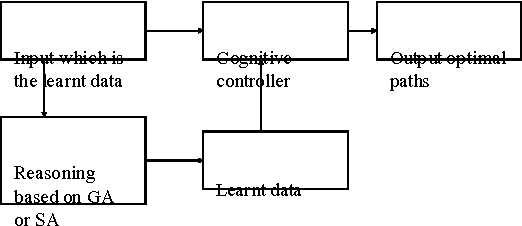
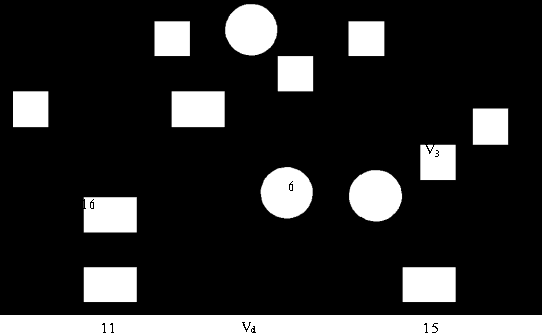
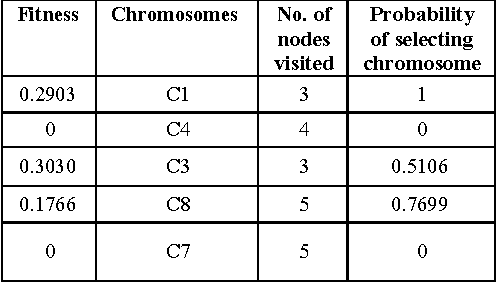
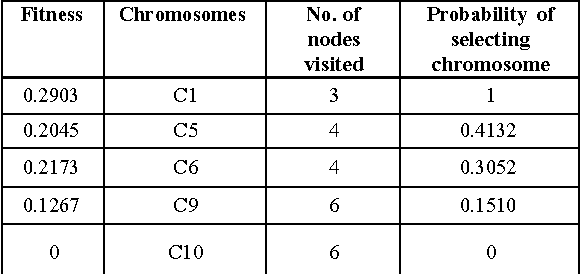
Abstract:This paper addresses the path selection problem from a known sender to the receiver. The proposed work shows path selection using genetic algorithm(GA)and simulated annealing (SA) approaches. In genetic algorithm approach, the multi point crossover and mutation helps in determining the optimal path and also alternate path if required. The input to both the algorithms is a learnt module which is a part of the cognitive router that takes care of four QoS parameters.The aim of the approach is to maximize the bandwidth along the forward channels and minimize the route length. The population size is considered as the N nodes participating in the network scenario, which will be limited to a known size of topology. The simulated results show that, by using genetic algorithm approach, the probability of shortest path convergence is higher as the number of iteration goes up whereas in simulated annealing the number of iterations had no influence to attain better results as it acts on random principle of selection.
 Add to Chrome
Add to Chrome Add to Firefox
Add to Firefox Add to Edge
Add to Edge